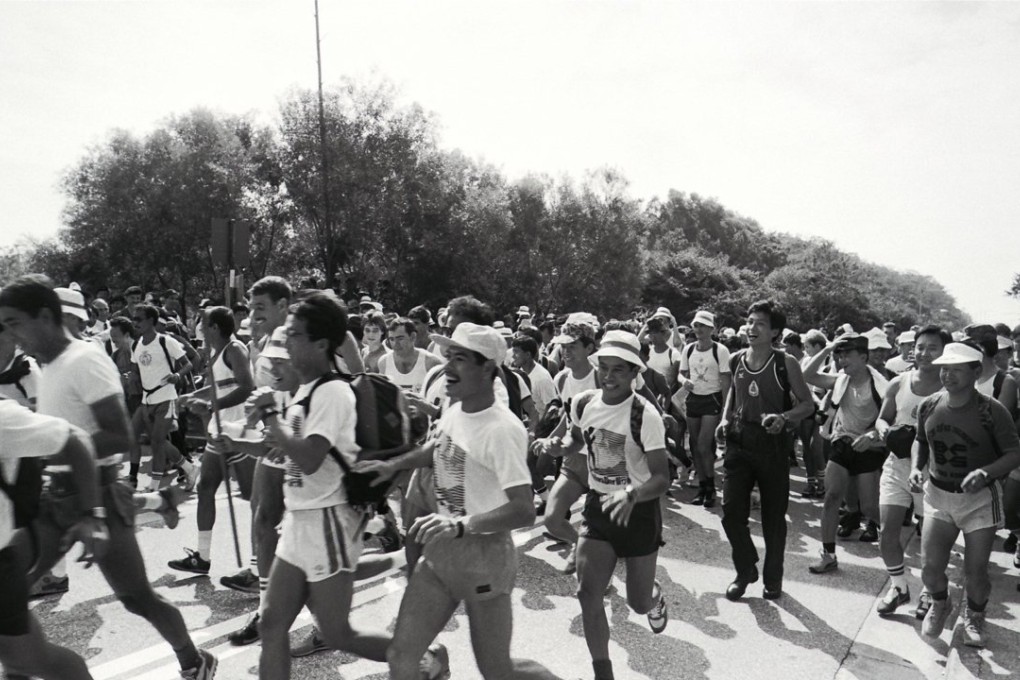Trail running in Hong Kong: the history of how it became one of our biggest sporting obsessions
Hong Kong today is a magnet for some of the world’s best trail racers, with events big and small every weekend in the cooler months. But how did the sport get started in the city? We look at the policies and people behind its explosive rise

Trail running has become wildly popular around the globe in the past five to eight years and Hong Kong has not been immune to the trend.
If you, like me, only started hearing about the sport in the past five years and believe it to be in its infancy in Hong Kong, you’ll be surprised to know trail running was part of Hong Kong’s design – an important release valve of sorts for a compact city dense with people.
Lee Talbot: the ‘father of Hong Kong country parks’

Over the course of a month Talbot, along with his wife, Marty, walked, sailed and flew over the region. In the 34-page report he filed, he included his vision of the parks as an important place for Hongkongers to “regain equilibrium”.